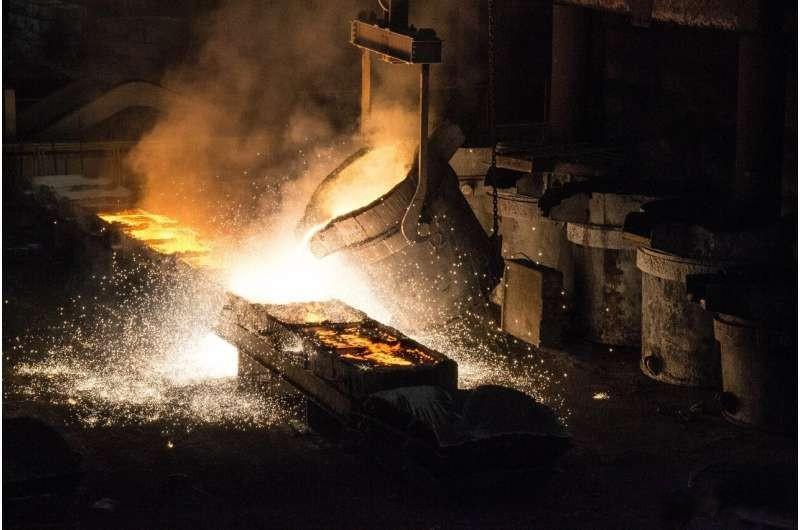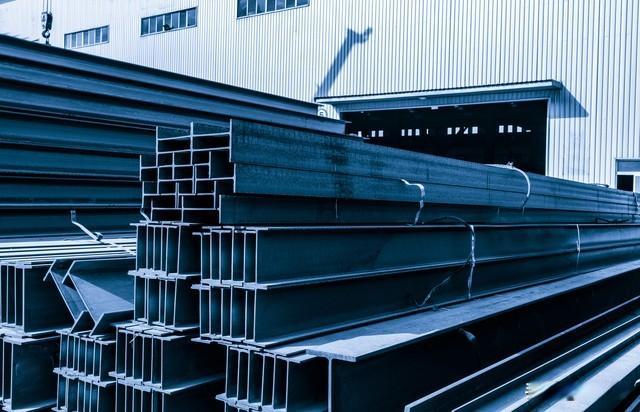
A large group of researchers found that machine learning can be used to help metallurgists find the best metal mixture to make the required alloys. In this way, they found an alloy with a thermal coefficient lower than that currently recorded.
The research was carried out by scientists from Max Planck Institute for Iron Research, who cooperated with colleagues from darmstadt University of Technology, Delft University of Technology and Royal Institute of Technology.
For thousands of years, people have been mixing metals according to their own needs and learned a lot about alloy manufacturing. But finding the right combination always requires some inspiration, patience and luck.
Therefore, most alloys are made from a single base metal (such as iron), and the obtained characteristics are observed by adding a small amount of other metals.

However, in the past few decades, the situation has begun to change-some researchers have begun to make alloys containing several metals in equal parts.
Of course, it is much more difficult to make this alloy with specified characteristics. In this new work, researchers apply machine learning to help this process. They first reduced the test space to only one application-making alloys that will not expand and contract too much when exposed to temperature changes.
In order to create a machine learning application, researchers searched and found metal features that can be used for comparison purposes, and then trained their systems using the information in the currently available databases. In the process, they developed a process to find an alloy suitable for the required goal.
The team’s process was reduced to three main steps: First, they created a new mixture using a model based on information stored in a database describing metal characteristics. Then, they use the second model to help predict the properties of some alloys they created in the first step. The last step is to study the candidate alloys produced by the system and select some of them for practical testing.

Using this system, the researchers obtained 1000 candidates, which were narrowed down to three alloys. Then, they made three kinds of alloys using the mixture described in the system and tested their physical properties.
The team used data from real alloys to train the system and repeated the whole process. They chased it for seven times and found an alloy with a thermal coefficient lower than the current record.
In their paper published in the journal Science, the team described their three-step process and its performance in the test. Scientists from the Institute of Metals, Chinese Academy of Sciences published an article on the prospect in the same issue, describing the work done by the team on this new project.
Reference: https://techxplore.com/news/2022-10-machine-optimal-mixture-metals-desired.html.
关于作者